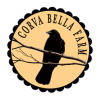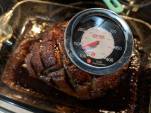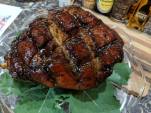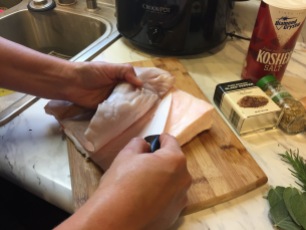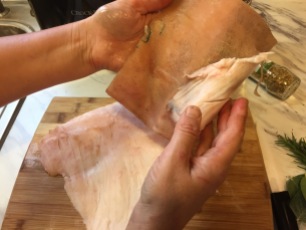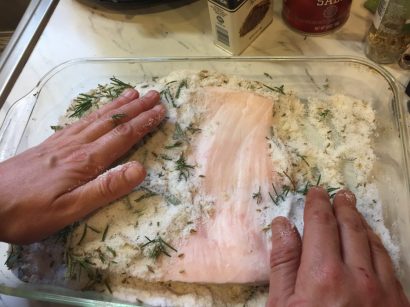This preparation was a “suckling pig” sized oven roaster prepared October 2018. I say “suckling pig” because this is a small roaster pig, approximately the size at which a regular farm breed suckling pig would be around weaning. In this case, it was an older Kunekune piglet, about 4 months old. The hanging weight for this roast was 18 lbs. This is about the largest size that could comfortably be done in the oven, unless of course you halved the roaster and did one half in two pans on two oven shelves.
This roaster was brined in my usual brine recipe (Sea salt, bay leaves, fennel, star anise, juniper berries), then liberally salted and peppered and rubbed with my sweet & spicy rub (recipe here). Skin was scored and the rub worked into the crevices.
This was slow-roasted at 200F for about 6-7 hours, approximately. The final result was a perfectly cooked, tender and falling-apart-at-the-bone oven roaster.
This roaster was enjoyed by folks at an AKPR Sanctioned picnic in October 2018.
